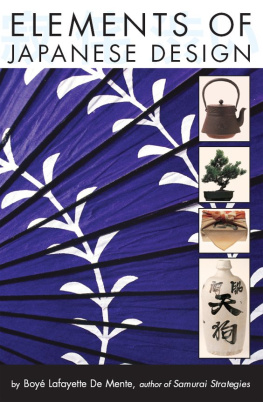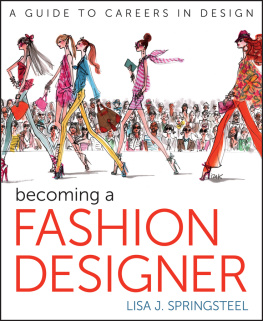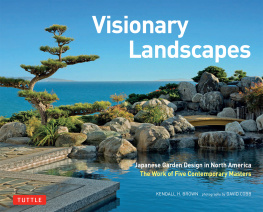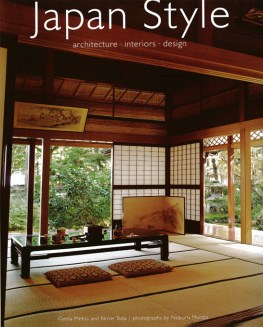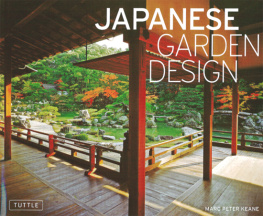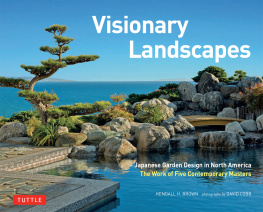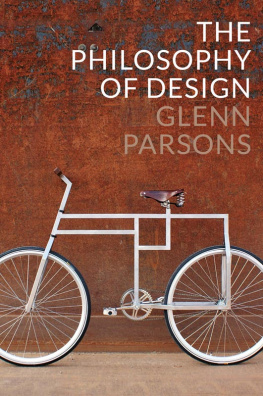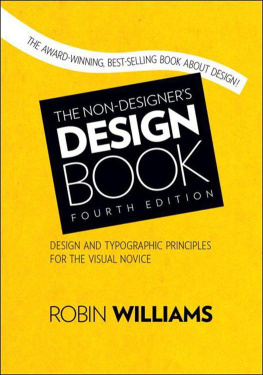Taku Satoh - Just Enough Design: Reflections on the Japanese Philosophy of Hodo-hodo
Here you can read online Taku Satoh - Just Enough Design: Reflections on the Japanese Philosophy of Hodo-hodo full text of the book (entire story) in english for free. Download pdf and epub, get meaning, cover and reviews about this ebook. year: 2022, publisher: Chronicle Books LLC, genre: Romance novel. Description of the work, (preface) as well as reviews are available. Best literature library LitArk.com created for fans of good reading and offers a wide selection of genres:
Romance novel
Science fiction
Adventure
Detective
Science
History
Home and family
Prose
Art
Politics
Computer
Non-fiction
Religion
Business
Children
Humor
Choose a favorite category and find really read worthwhile books. Enjoy immersion in the world of imagination, feel the emotions of the characters or learn something new for yourself, make an fascinating discovery.

- Book:Just Enough Design: Reflections on the Japanese Philosophy of Hodo-hodo
- Author:
- Publisher:Chronicle Books LLC
- Genre:
- Year:2022
- Rating:5 / 5
- Favourites:Add to favourites
- Your mark:
Just Enough Design: Reflections on the Japanese Philosophy of Hodo-hodo: summary, description and annotation
We offer to read an annotation, description, summary or preface (depends on what the author of the book "Just Enough Design: Reflections on the Japanese Philosophy of Hodo-hodo" wrote himself). If you haven't found the necessary information about the book — write in the comments, we will try to find it.
The Japanese phrase hodo-hodo originates in ancient times. When contemporary designer Taku Satoh applies it to his work, it means just enough. Hodo-hodo design deliberately holds back, leaving room for individuals to engage with objects according to their unique sensibilities. In the midst of a consumerist age, Satoh has built an illustrious design career around this philosophy, creating iconic work in fashion, food, and architecture. His ideas speak not just to professional designers, but to anyone who wishes to move more thoughtfully through the world. Within this slim but powerful volume, Satoh explains his philosophy through tangible examples-from the aesthetic of a timeworn ramen shop to a rooftop playground inspired by onomatopoeia. Urging readers to appreciate everyday objects and spaces and to question the lure of convenience, he delivers a message rooted in the past yet perfectly suited to our times.
TIMELY TOPIC: As more people begin to question the structures of consumerism, this thoughtful book offers a different way of seeing the world. Satohs philosophy aligns perfectly with sustainable lifestyles.
UNIQUE INSIGHTS INTO JAPANESE CULTURE: Japan is a huge cultural exporter and a booming travel destination. Many Japanese ideas and traditions-such as ikigai, forest bathing, and wabi-sabi-are being widely celebrated as pathways to a more fulfilling life. This book presents hodo-hodo, a concept not yet widely exported. Learning about hodo-hodo will enrich readers understanding of Japan, as well as inspire designers and other creatives in their work.
AUTHORITATIVE VOICE: Taku Satoh has over four decades of design experience. His work is renowned in Japan, and hes worked with major brands and museums and won many awards. Here, he shares wisdom drawn from his design expertise and his deep love for his culture.
ACCESSIBLE CONTENT: The handy paperback format is perfect for a book that you will want to read and re-read. Satoh proposes fascinating and pertinent ideas in an unintimidating way.
Perfect for:
Designers and design students
Creatives of all kinds
Readers passionate about sustainabilityAnyone interested in Japanese culture and history
Taku Satoh: author's other books
Who wrote Just Enough Design: Reflections on the Japanese Philosophy of Hodo-hodo? Find out the surname, the name of the author of the book and a list of all author's works by series.

